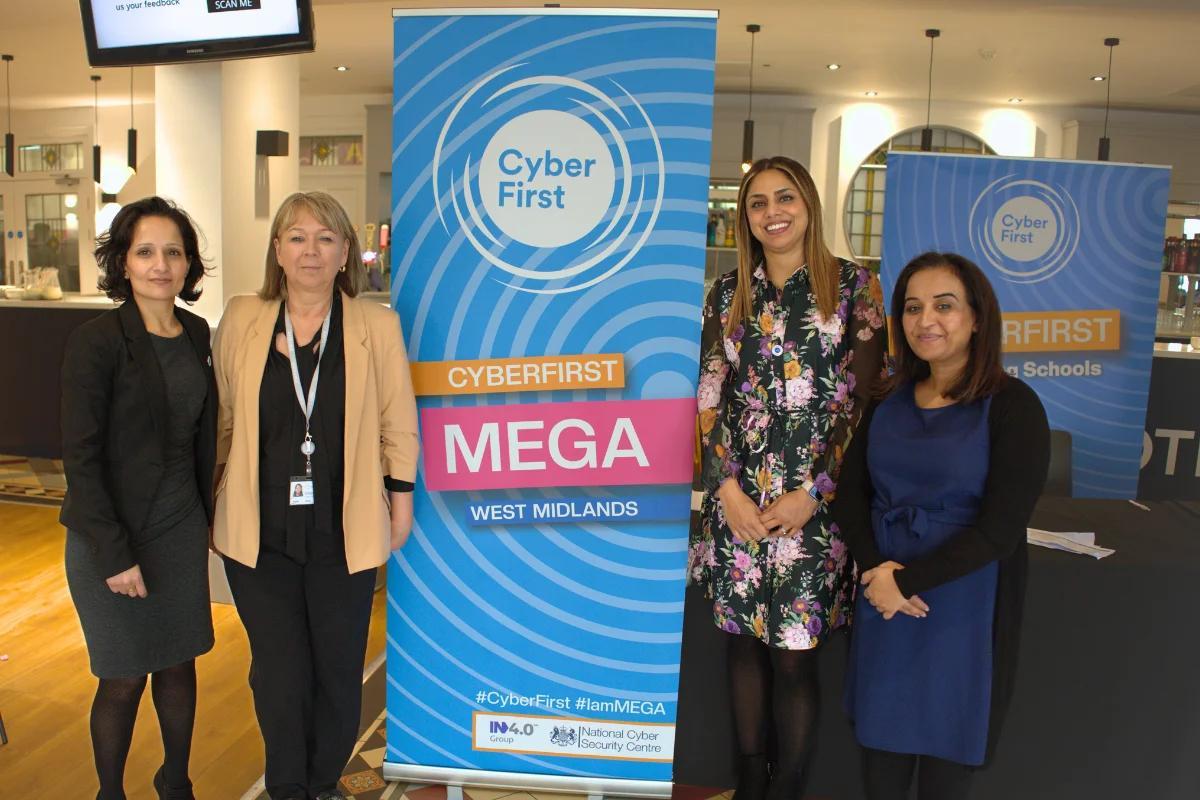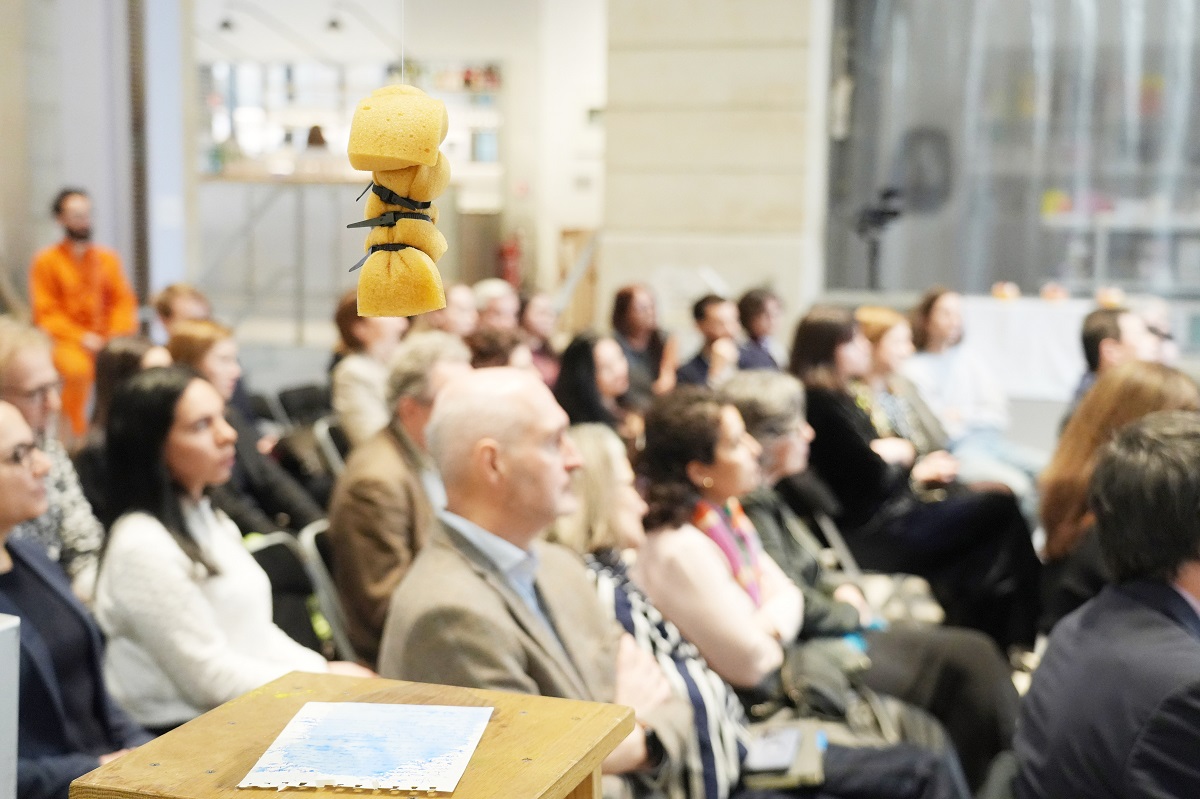A CEO’s Perspective on Managing and Upskilling a Remote Workforce

A CEO of a Translation Company’s Perspective on Managing and Upskilling a Remote Workforce
In times of crisis, effective leadership is necessary to guide us out of the crisis–certainly many leaders emerged out of the COVID-19 pandemic, enforcing decisions that paved the way for the digital revolution that we’re experiencing today.
Due to this new landscape, and according to Gartner, the total number of skills needed for a single job has increased by 10% yearly since 2017 and the pandemic has accelerated that rate of learning new skills. Meanwhile, FE News is calling for durable skills rather than soft skills.
It’s not always that we get an exclusive look at managing and upskilling a remote workforce, solving the problems of an underskilled remote workforce. Not reskilling could mean less performance and employee morale, larger employee turnover rate, and an overall less competitive company.
I’m the CEO of Tomedes, a translation company founded in 2007, dedicated to the remote experience with over 20,000 translators and four offices in the US, the UK, the Middle East and Asia and today I’ll show you my secrets in managing the wellbeing of a remote workforce.
The Benefits and Challenges of Managing a Remote Workforce
Challenge #1: No Viable Work Office
The vibrant picture of remote work in this day and age is completely remote, meaning there’s no viable work office and no way to see or hear your colleagues except on the internet. Managing this type of work environment is cruxed at the ability to type and interact online.
Benefit: Synchronous and Asynchronous Communication
The benefit of this situation is being able to explore different types of communication, whether synchronous or asynchronous or a mixture of both. Synchronous happens in real time, while asynchronous leaves the message hanging to be taken up at another time. Thus, in managing a remote work situation, there is more flexibility in different types of communication and different techniques in management without the in-person involvement.
Challenge #2: Flexibility In All Aspects
A hybrid or fully-remote work environment shows you just how much flexibility is key, in all aspects. Whether it be flexibility in days off or in work hours or in emergency crisis situations, management must exercise flexibility as leaders of the workforce, in all aspects, in order to fully supervise teams.
Benefit: Better Work Life Balance
The flexibility from upper and lower management for remote situations that may arise, brings about not just a better-work life balance, but a better outcome in the longer run, such as lower employee turnover rates, and more. In a flexible arrangement, leaders can prevent crises and employee upheavals, in turn allowing for more continuity in the business.
Challenge #3: More Employee Autonomy
Without direct in-person communication, remote employees have more independence in their daily tasks than would be if a manager were looking over their shoulder at an office. In this environment, employees have a larger autonomy over themselves and their work. While some managers thrive with independent members, others are worried about employee productivity when employees are unmonitored.
Benefit: Higher Productivity
As it turns out, according to ADP, remote work will lift productivity of the whole US economy by 5% post-pandemic. And the same study states more than 30,000 US employees claimed that one day per week spent working from home could boost productivity by 4.8%.
So having more autonomy in remote work, it seems, can actually boost your business’ productivity.
Why Upskilling Is Necessary for a Remote Workforce
According to 2020 McKinsey Research Institute, “embracing remote working poses serious early-stage challenges for organizations, across the operating-model dimensions of people, structure, process, and technology and leaders have an essential role to play in developing solutions to tackle these challenges in the short term.”
Upskilling is necessary for the development of tasks within businesses that might cause the business to falter due to unproductive people, ineffective processes, and inadequate technology within the remote work structure.
In order to upskill the workforce, leaders have to teach employees new skills that could better help them, either procedurally or in terms of using technology. At times, with the outcome of productive employees as the goal, it could even lessen the skills gap that recruitment would usually fill. It also lessens the turnover rate as well as boosting employee morale and satisfaction with the company. Overall, re-skilling and upskilling are essential parts of the people factor in the modern workplace.
Ofer Tirosh is the CEO of Tomedes, a translation company that manages a global pool of thousands of linguists in the hopes of helping businesses overcome the linguistic barriers they face on a daily basis. The company offers translation, localization, interpretation and a range of other language services for major businesses and Fortune 500 companies.
Case Study: How Tomedes’ CEO, Ofer Tirosh, Manages and Upskills a Remote Workforce
Tomedes was born out of the dream of a globalized world where businesses would achieve their potential through language. Thus, as a translation company, Tomedes connects businesses through language services that allow for better communication overall.
This emphasis on fluid communication through a dedication through language is what sets Tomedes apart from other translation services, that solve the problem of managing and upskilling a large remote workforce through strategic methods of placement and time zones.
Tomedes employs a global pool of about native-langauge 20,000 linguists worldwide, with full-time remote employees in four locations: the home office in Tel Aviv and the US, the UK, and Asia. The company utilizes a follow-the-sun method, where there are linguists everywhere as the sun rises, placed strategically in different locations for the work involved.
The remote structure that we use helps our clientele too: translation clients aren’t paying to cover overly high operating costs needed to run massive offices. In terms of management, it’s easier to manage a team at different time zones than all at once, so we use varying methods of synchronization and asynchronous communication. We’re also able to run a 24/7 customer support system using this method.
In my opinion, innovation and inspiration are important in successfully managing and reskilling teams. When you’re inspiring others to succeed in the common goals of language diversity and equity on a global scale, you’re leading others to success in their roles, to what they can bring to the table. Everyone has a part to play.
Meanwhile, innovation for reskilling is necessary, because everything can be done remotely in this day and age, so you have to have the right tools. In upskilling, you want to do something better than you’ve done before. So, having the right technologies, and teaching the workforce to do it is going to play a huge part in your reskilling decisions. The proper application of innovation is key.
As of the moment, the company uses SDL Trados, CrowdIn, Smartling, XTRF and a range of other technologies for their work. We’re upskilling by training their employees to use these technologies, as well as a range of other skills that include virtual training. We also utilize in-person team building events for reskilling and upskilling. We’re growing as a company with sizable recruitment efforts, but within the company, roles are continuously re-skilled and upskilled, lessening the skills gap needed to be filled by recruitment.
We employ native linguists, and managing a large multilingual team isn’t easy. It means that we upskill through the usage of tools that are made to be more efficient, but professional translation is made better through native-tongue languages, which can be done with our multilingual team of native-language translators.
It’s the lifelong learning century, so make sure you and your employees are always learning. There’s always much, much more to learn. So remember: inspire ung management skills and innovate using technological skills. Try varying your employee’s shifts at different times, they don’t have to be located in different time zones, but you could run a smoother business by having 24/7 service due to strategic employee hours. And lastly, remote work is cost-effective, for you, your employees and your clients, so if you haven’t jumped on the remote-first or even hybrid office bandwagon, now is the time.












Responses